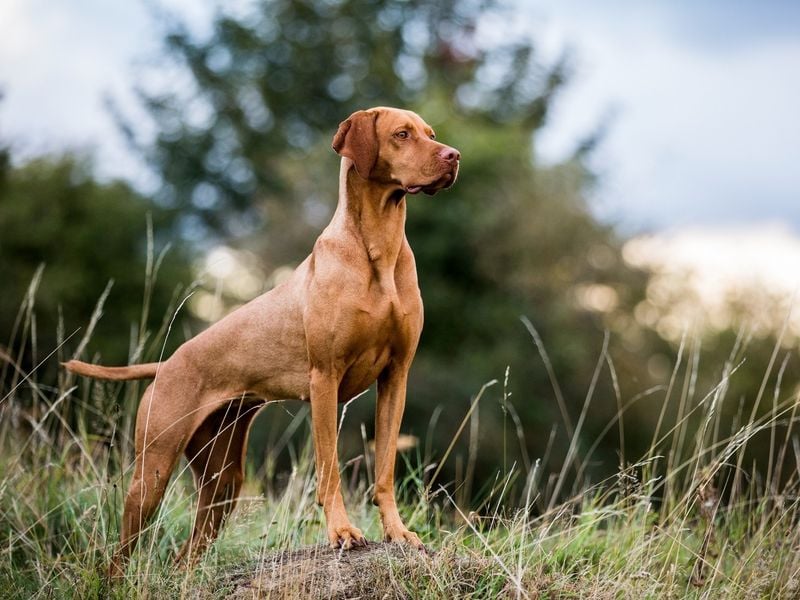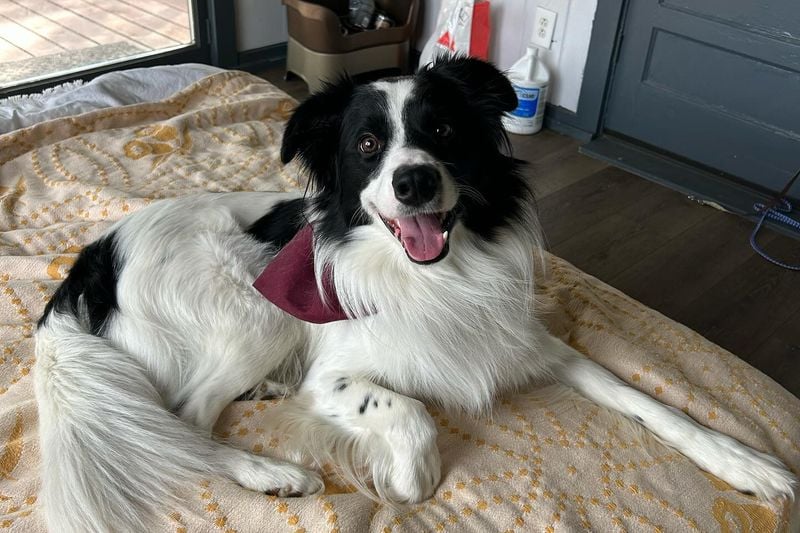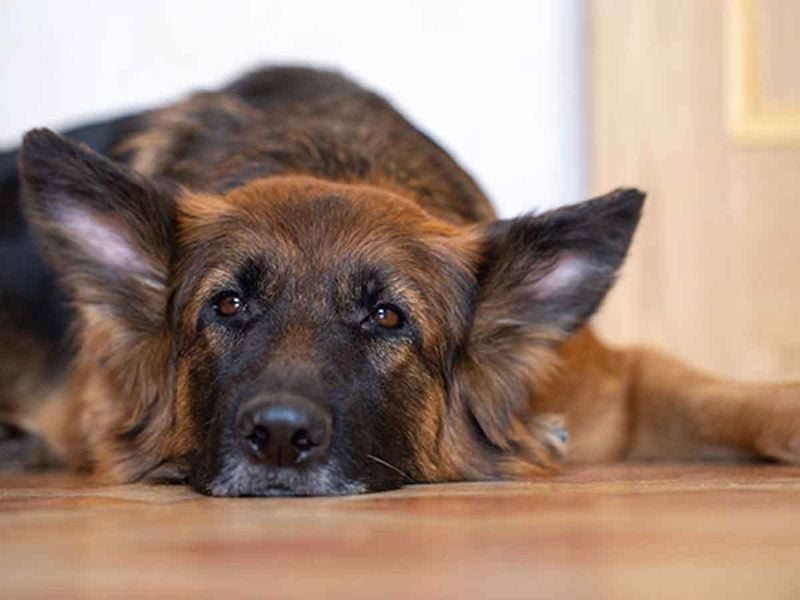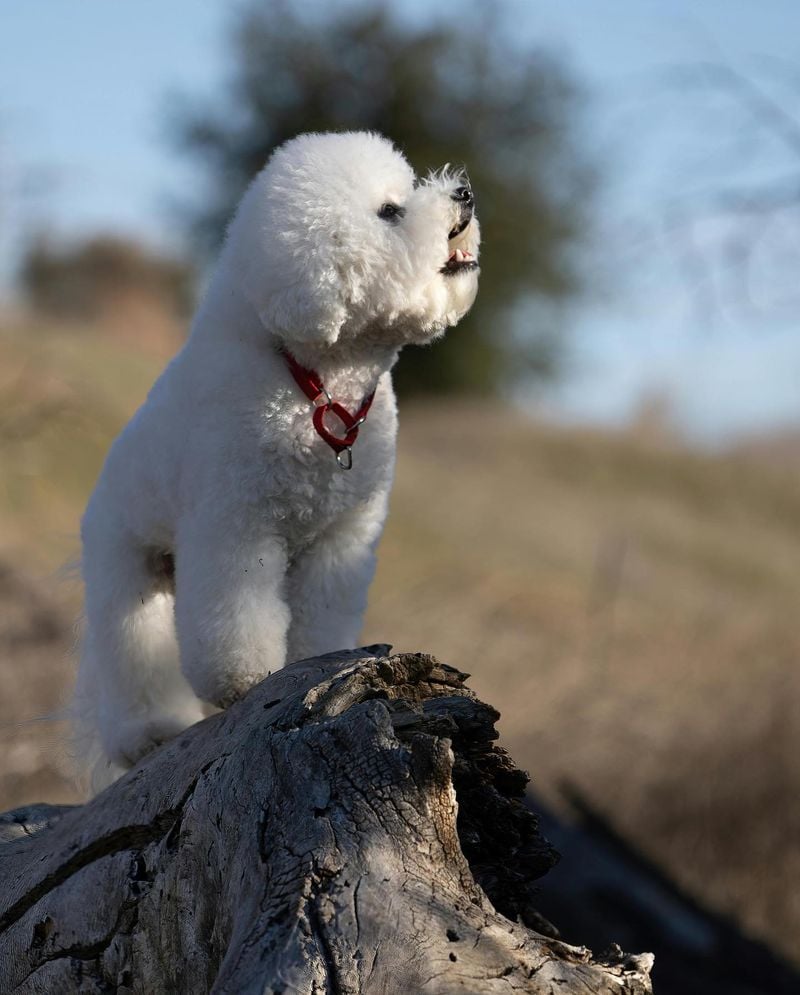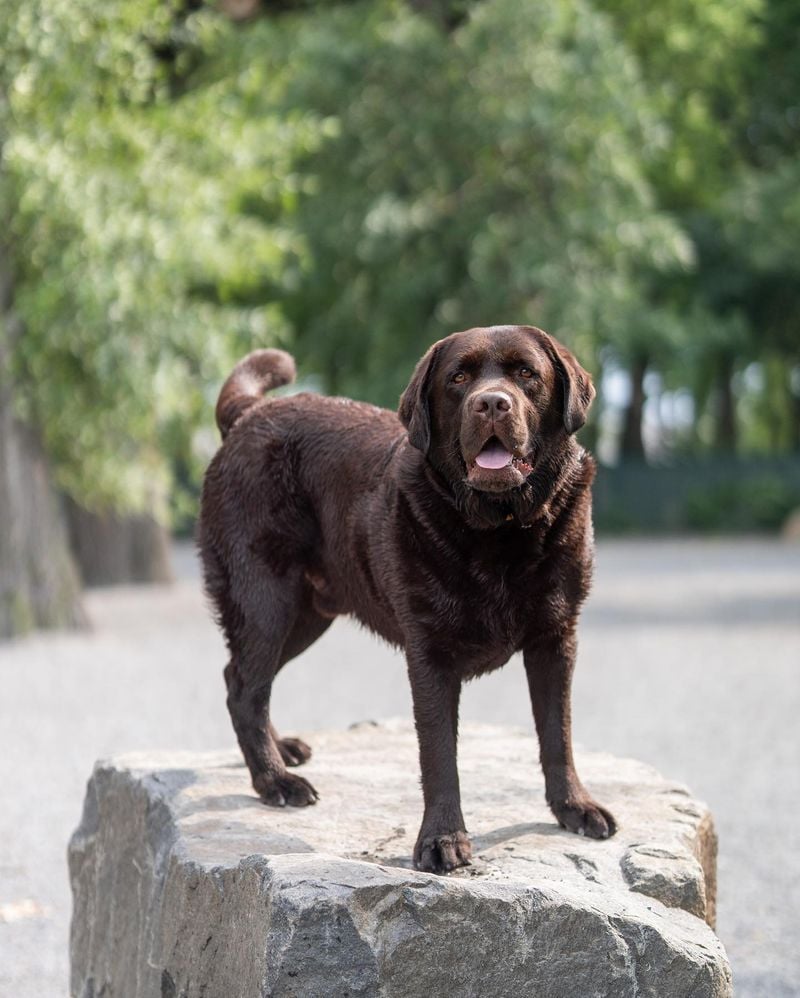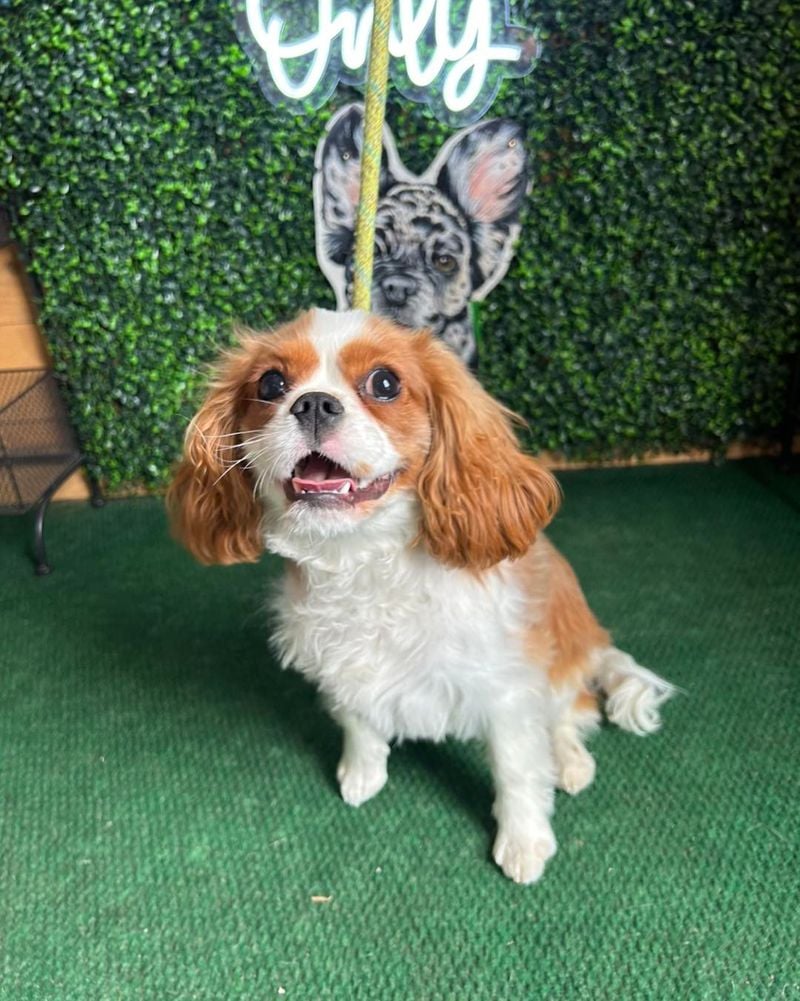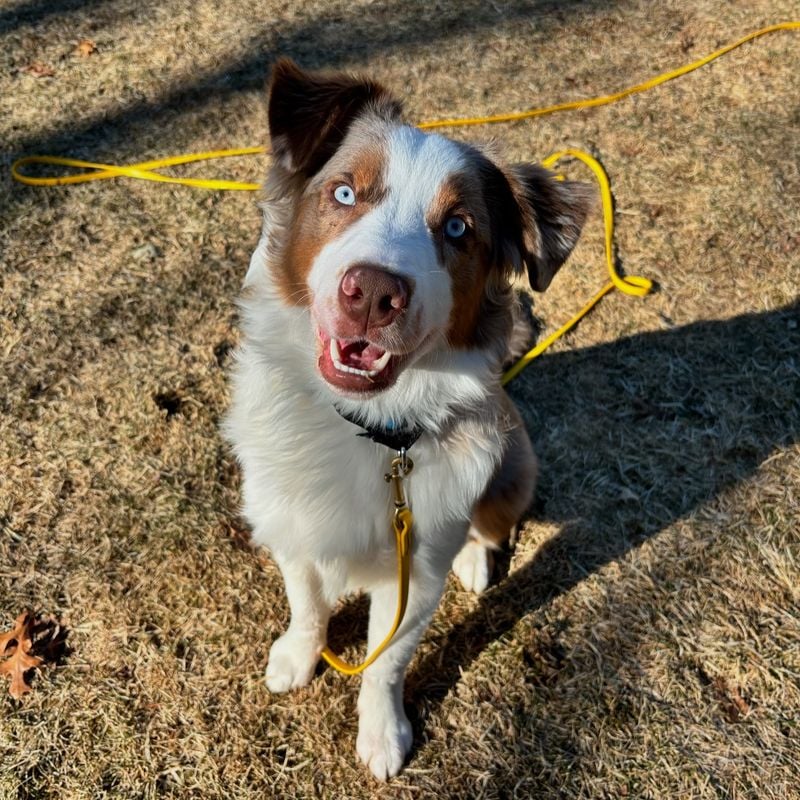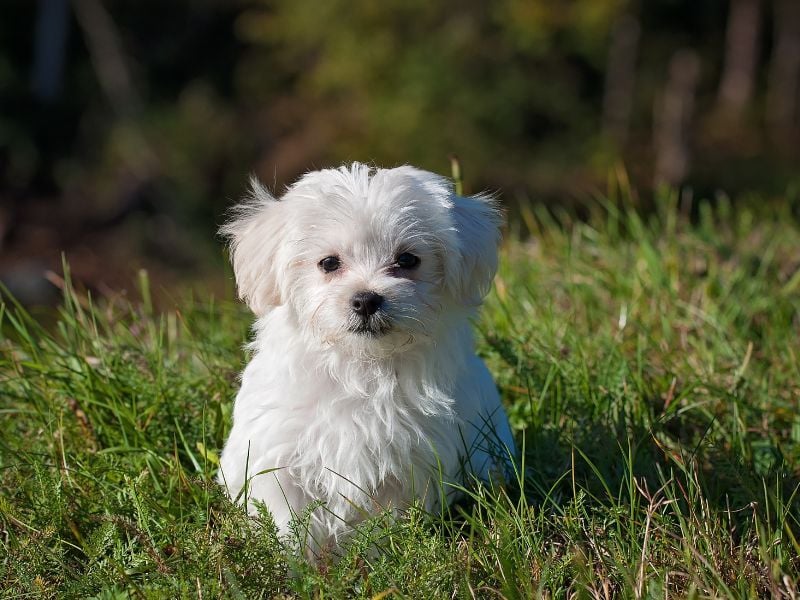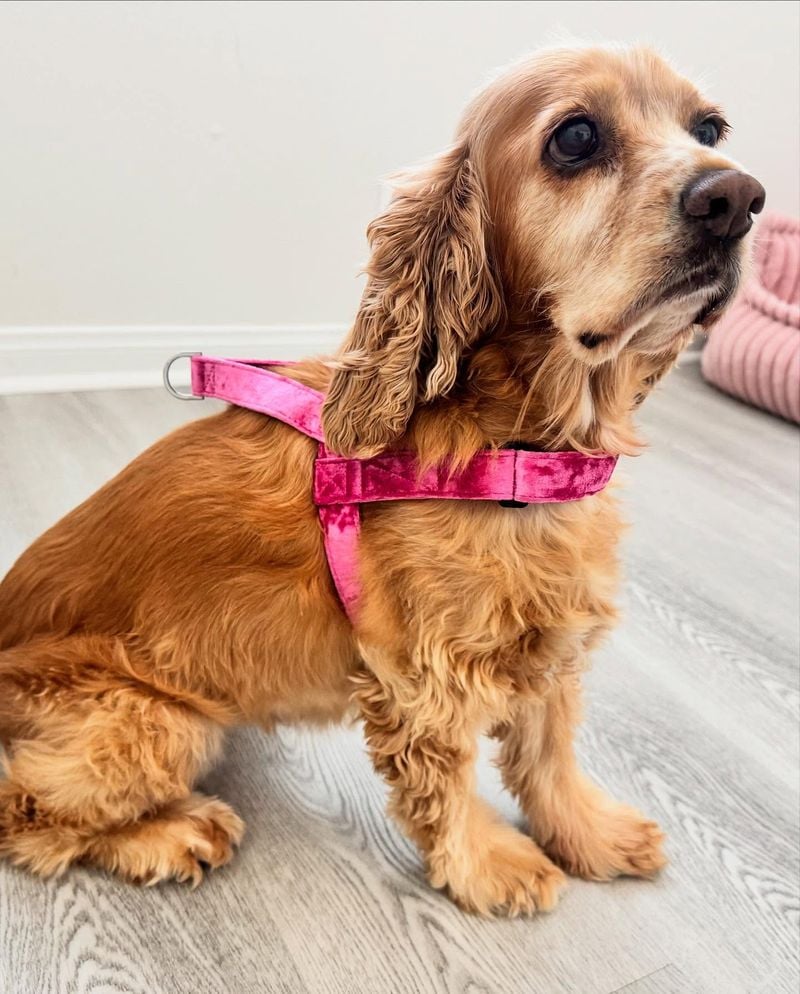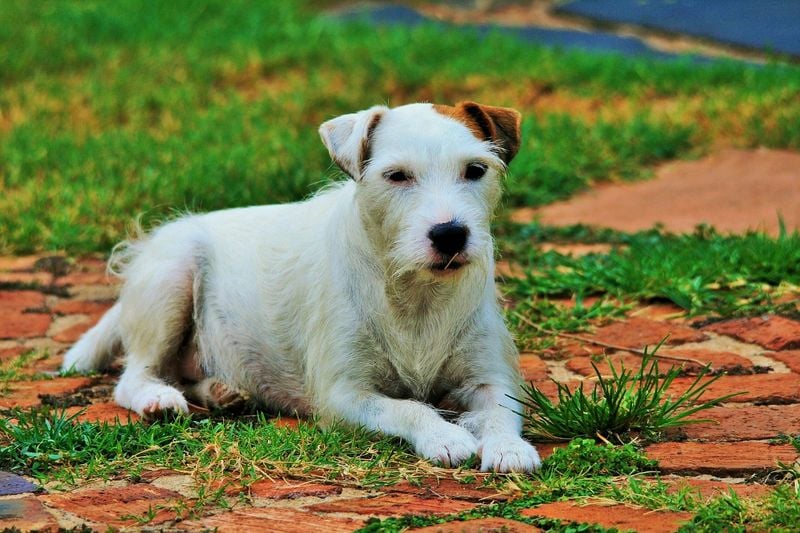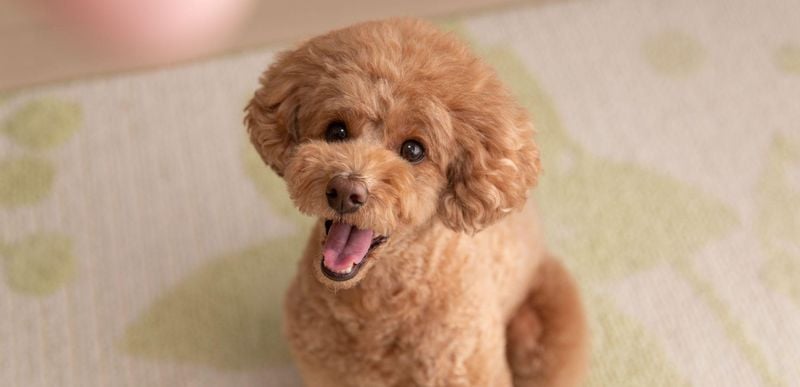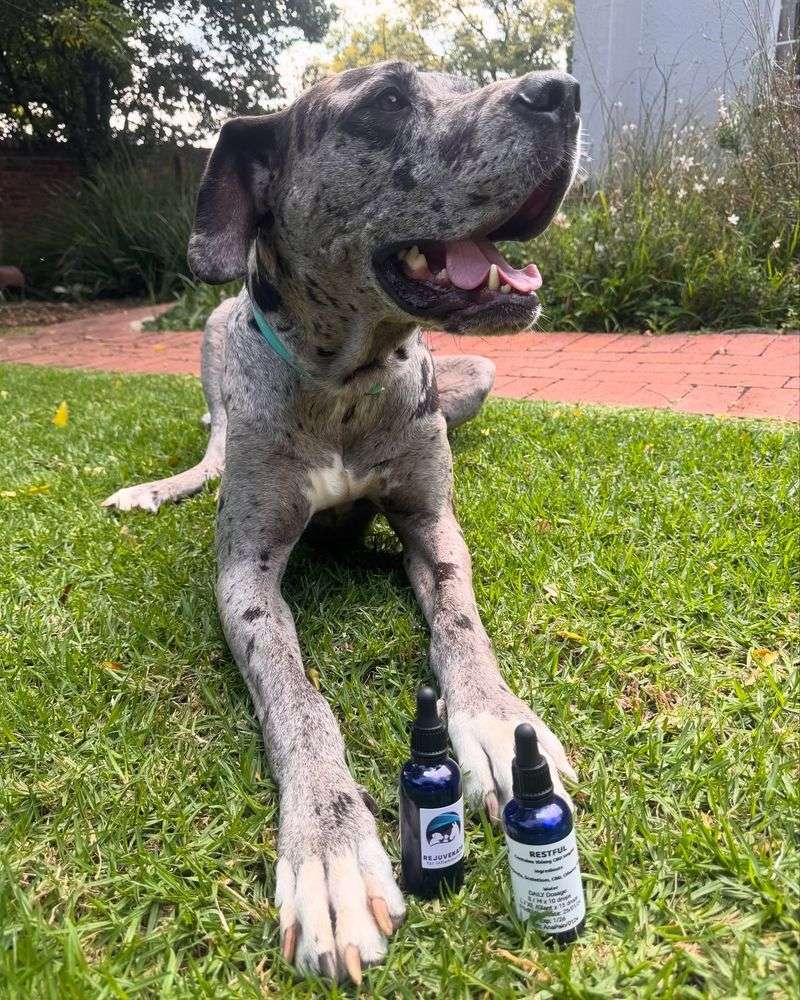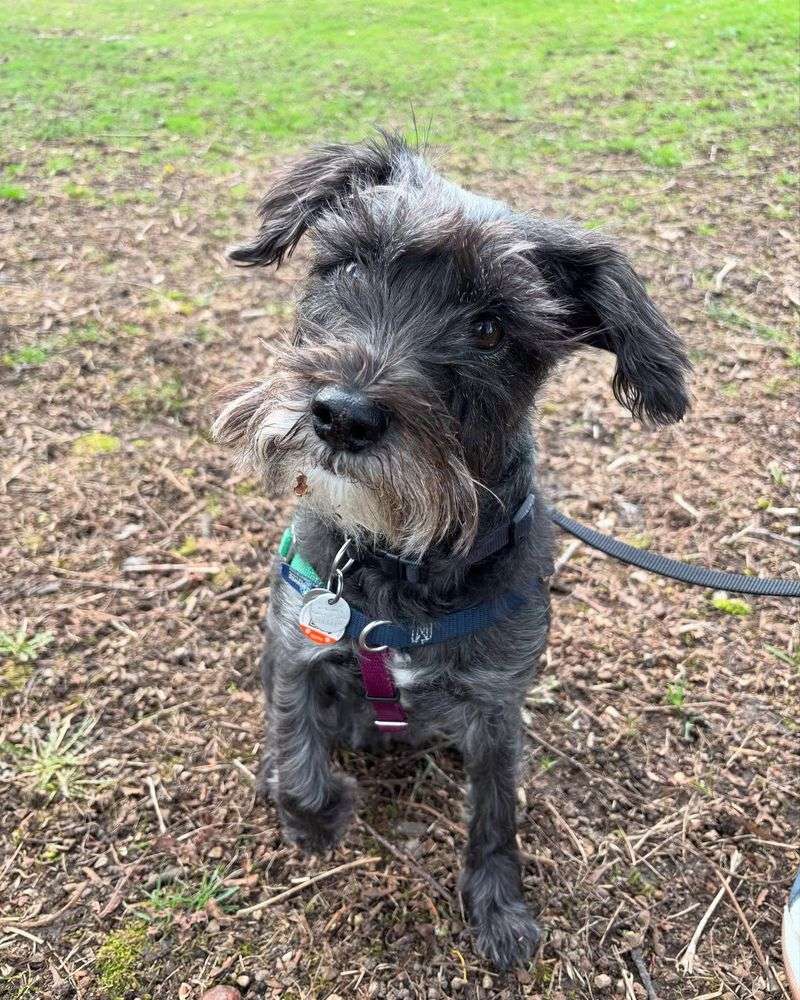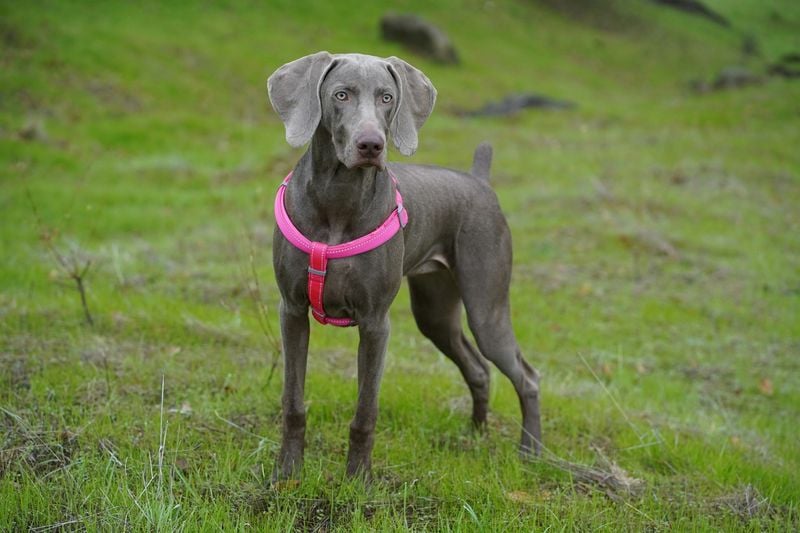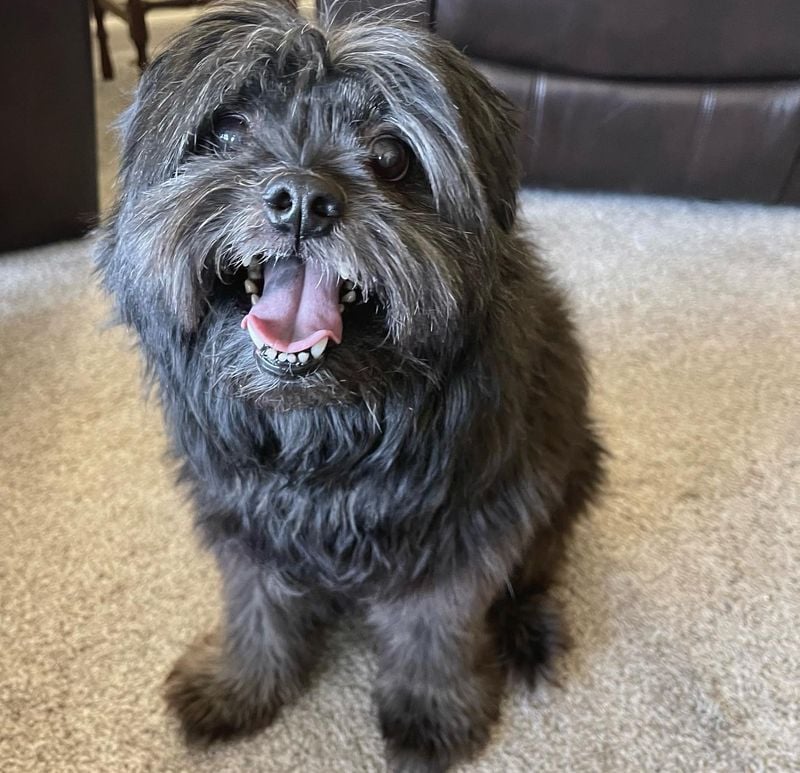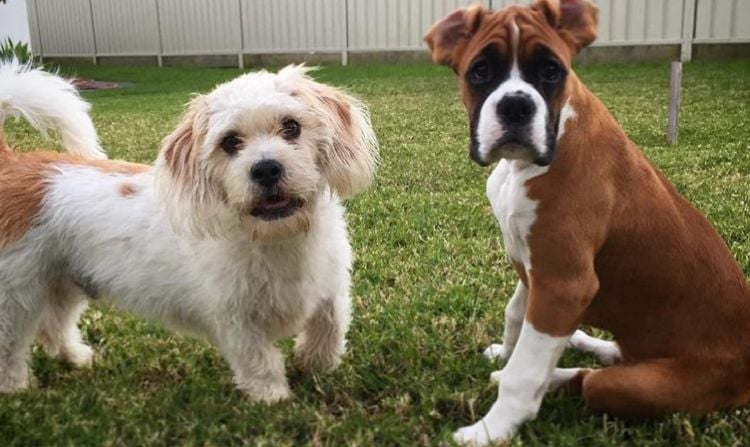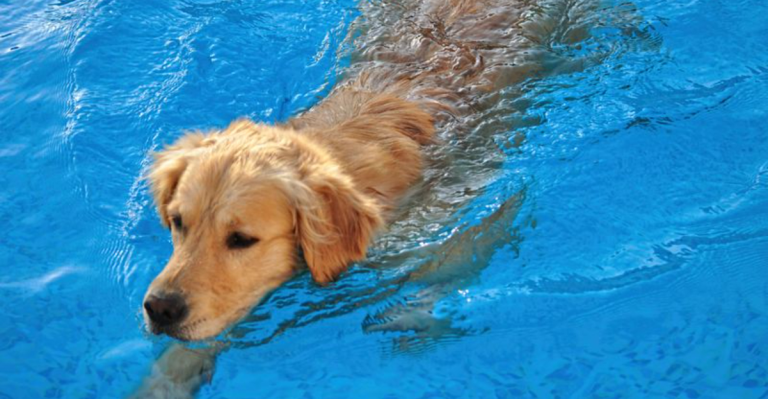15 Dog Breeds Most Likely to Develop Separation Anxiety (and Why It Happens)
Some dogs love their alone time—but others? Not so much.
In fact, for many breeds, solitude can be downright distressing. While all dogs enjoy companionship, certain breeds were developed specifically to be constant sidekicks, never far from their human’s side. When left alone, these dogs don’t just miss you—they can become anxious, destructive, vocal, and even physically ill.
In this article, we explore 15 dog breeds most prone to separation anxiety and uncover why they’re wired this way. From tiny lapdogs bred for royalty like the Shih Tzu and Maltese, to energetic working breeds like the Border Collie and Australian Shepherd, each of these dogs shares one major trait: a deep, sometimes overwhelming, attachment to their humans.
You’ll learn how their history plays a big role—whether they were originally bred to warm laps, guard estates, or herd livestock by their handler’s side, many of these breeds simply weren’t built for alone time. Add in intelligence, sensitivity, or high energy levels, and you’ve got a recipe for anxiety when left unattended.
But it’s not all bad news. Understanding why certain dogs are more susceptible to separation anxiety can help owners take proactive steps. From crate training and enrichment toys to positive reinforcement and consistent routines, there are many ways to help these pups feel safe and confident even when you’re away.
So if you’ve ever returned home to chewed furniture, a frantic bark-fest, or a dog glued to your heels, you’re not alone—and neither is your dog. Read on to find out which breeds are most likely to struggle with separation and how you can help them feel more secure, happy, and independent when you’re not around.
1. Vizslas
Nicknamed “velcro dogs” for good reason, Vizslas form intensely close bonds with their humans. Originally bred as Hungarian hunting companions, they’ve evolved to crave constant contact with their owners.
Their attachment runs deeper than many breeds, making separation particularly traumatic. When left alone, a Vizsla might howl mournfully, chew furniture, or pace anxiously.
Their high energy compounds the problem – an understimulated Vizsla with separation anxiety is a recipe for household destruction. Early training to build independence and confidence is crucial for these sensitive souls.
2. Border Collies
Border Collies possess intelligence that sometimes works against them. These working dogs were developed to collaborate closely with shepherds, making independence a foreign concept.
Without a job or human direction, Border Collies often spiral into anxiety. Their remarkable problem-solving skills get redirected toward destructive behaviors when stressed by solitude.
Many owners don’t realize their Border Collie’s demolished living room isn’t naughtiness but rather anxiety manifesting through their innate need to work and interact. Mental stimulation before alone time can help, along with gradually teaching them that your absence isn’t permanent.
3. German Shepherds
German Shepherds take their protective duties so seriously that being separated from their family feels like abandoning their post. These loyal guardians were bred to work alongside humans, making separation feel unnatural.
Their protective instincts kick into overdrive when they can’t monitor their loved ones’ safety. A German Shepherd with separation anxiety might patrol windows and doors, bark at perceived threats, or attempt escape to find you.
The breed’s high intelligence means they quickly learn departure cues – grabbing keys or putting on shoes – which triggers their anxiety even before you leave. Desensitization to these cues often helps reduce their distress.
4. Bichon Frise
Don’t let their fluffy appearance fool you – Bichon Frises were bred specifically as companion animals, making alone time particularly challenging. These little clouds were historically cherished by nobility, often receiving constant attention and affection.
Centuries of selective breeding for companionship have created dogs that genuinely struggle with solitude. When separation anxiety strikes, a Bichon might bark incessantly, triggering noise complaints from neighbors.
Their small size doesn’t limit their distress responses – many Bichons develop stress-related behaviors like excessive licking, resulting in unsightly stains on their beautiful white coats. Consistent routines and gradual alone-time training help these sensitive companions adjust.
5. Labrador Retrievers
America’s favorite dog breed struggles when their favorite humans disappear. Labs were developed to work alongside hunters, retrieving game and forming close partnerships with their handlers.
This friendly disposition makes them wonderful family pets but leaves them vulnerable when alone. A Lab experiencing separation anxiety might engage in destructive chewing, not from disobedience but from genuine distress.
Their natural retrieving instincts often manifest as collecting and destroying household items when anxious. Providing appropriate chew toys and creating positive associations with alone time helps these social butterflies cope better. Many Labs benefit from having another canine companion to ease their loneliness.
6. Cavalier King Charles Spaniels
Few breeds match the Cavalier’s dedication to human companionship. Originally bred to warm the laps of royalty, these dogs have companionship literally encoded in their DNA.
Their gentle, affectionate nature makes separation particularly difficult. When anxiety strikes, Cavaliers often express their distress through excessive vocalization or destructive behaviors.
Many develop physical symptoms from stress, including pacing, panting, and even refusing food when left alone. Their tendency toward clingy behavior isn’t a training failure but rather the result of centuries of selective breeding for intense human bonding. Gradually building independence through positive training helps these royal companions adjust to modern life.
7. Australian Shepherds
Australian Shepherds were developed to manage livestock and stay close to their human handlers throughout the workday. When that instinctual partnership is disrupted by separation, anxiety often follows.
These intelligent herders sometimes redirect their natural herding behaviors when stressed, nipping at furniture or circling obsessively. Their high energy levels amplify anxiety symptoms – an Aussie with separation issues might literally run circles around your home.
Many Aussie owners are surprised when their well-behaved dog suddenly becomes destructive when alone. Creating structured alone time from puppyhood helps these working dogs understand that separation is temporary. Their herding heritage makes them excellent candidates for anxiety-reducing puzzle toys.
8. Maltese
With over 2,800 years of companion breeding, Maltese dogs simply weren’t designed for independence. These ancient lap dogs served as devoted companions to Mediterranean nobility, rarely experiencing time away from their adoring owners.
Their tiny size heightens vulnerability when alone, triggering anxiety responses. Maltese often express separation distress through excessive barking or inappropriate elimination, not from lack of training but from genuine emotional distress.
Many develop stress-related behaviors like excessive grooming, creating painful hot spots on their sensitive skin. Their long history as status symbols meant they received constant attention, a legacy still evident in today’s Maltese. Crate training with positive associations often provides security for these historical companions.
9. Cocker Spaniels
Cocker Spaniels combine hunting heritage with companion breeding, creating dogs with strong attachment tendencies. Their expressive eyes seem designed to form emotional connections with humans, making separation particularly challenging.
When anxiety strikes, Cockers often engage in excessive licking or chewing, sometimes focusing on their own paws until raw. Their sensitive temperament means environmental changes or inconsistent schedules can trigger anxiety spikes.
Many Cocker owners notice their dogs become clingy before departures, following them room to room with worried expressions. This breed benefits from anxiety wraps and calming music during alone time. Their people-pleasing nature makes positive reinforcement training particularly effective for building confidence during separations.
10. Jack Russell Terriers
Jack Russell Terriers weren’t bred for solitude. These hunting dogs worked closely with handlers to flush out foxes, developing strong working partnerships with their humans.
Their legendary energy becomes problematic when combined with separation anxiety. A Jack Russell experiencing distress might literally bounce off walls or dig destructively at doors and windows in escape attempts.
Their determined nature means half-measures won’t work – they’ll persistently try to escape confinement when anxious. Many owners mistake separation anxiety for simple hyperactivity or stubbornness. Vigorous exercise before departure helps, but these clever terriers also need mental challenges to prevent anxiety from taking root.
11. Toy Poodles
Toy Poodles combine exceptional intelligence with strong attachment tendencies, creating a perfect storm for separation anxiety. Despite their diminutive size, their brains work overtime analyzing your absence.
These clever companions quickly learn to anticipate departures, becoming anxious at subtle cues like picking up car keys. Their vocalizations during distress can reach impressive volumes, surprising for such small dogs.
Many Toy Poodles develop compulsive behaviors when regularly left alone, including spinning, shadow-chasing, or excessive grooming. Their aristocratic history as companion dogs to European nobility means centuries of breeding for human attachment. Mental stimulation toys specifically designed for their intelligence level can help redirect anxious energy.
12. Great Danes
Despite their imposing size, Great Danes often possess surprisingly delicate emotions. Originally bred as estate guardians who worked alongside humans, these giants form deep attachments to their families.
Their massive size makes anxiety-driven destruction particularly problematic – a distressed Great Dane can cause significant household damage. Many owners don’t realize their Dane’s counter-surfing or furniture destruction stems from genuine emotional distress rather than misbehavior.
Great Danes often seek physical closeness when anxious, attempting to be lap dogs despite their size. Their short lifespan means owners sometimes inadvertently reinforce clingy behavior through constant affection. Creating a secure “den” with comfortable bedding often helps these gentle giants feel safer when alone.
13. Miniature Schnauzers
Miniature Schnauzers were developed as farm dogs who worked closely with their owners, creating a breed with strong human bonds. Their natural alertness becomes problematic during separation, as they feel compelled to warn absent owners about potential “threats.”
Excessive barking is their primary anxiety response, often triggering neighbor complaints. Their terrier heritage gives them impressive determination when anxious – many Schnauzers will persistently vocalize for hours.
These bearded companions often become overly attached to specific family members, making transitions particularly difficult. Their intelligent, observant nature means they quickly notice patterns preceding departures. Counter-conditioning these departure cues helps reduce anticipatory anxiety in this watchful breed.
14. Weimaraners
Weimaraners earned their nickname “Velcro dogs” honestly – they stick to their owners like shadows. Bred as hunting companions for German nobility, they expect constant human partnership.
Their athletic builds make anxiety-driven destruction impressive – a Weimaraner can easily jump barriers or chew through drywall when distressed. Many owners underestimate their determination to escape confinement when experiencing separation anxiety.
Their striking appearance masks sensitive souls that genuinely suffer when left alone. Weimaraners often express anxiety through pacing patterns or “ghost hunting” – staring fixedly at walls or shadows. Their history of close work with hunters means independence wasn’t a valued trait during their development. Gradual desensitization to alone time is essential for these silver shadows.
15. Shih Tzus
Shih Tzus spent centuries as cherished companions to Chinese royalty, rarely experiencing solitude. Their entire breeding purpose centered around human companionship, making separation feel unnatural.
Their flattened faces can make anxiety-related panting particularly concerning, sometimes leading to respiratory distress. Many Shih Tzus express separation anxiety through inappropriate elimination.
These imperial companions often become excessively attached to primary caretakers, making transitions to new people challenging. Their long history as lap dogs meant that constant attention was the norm.
Modern Shih Tzus still carry this expectation, believing human companionship is their birthright. Creating predictable routines helps these royal dogs feel more secure.

